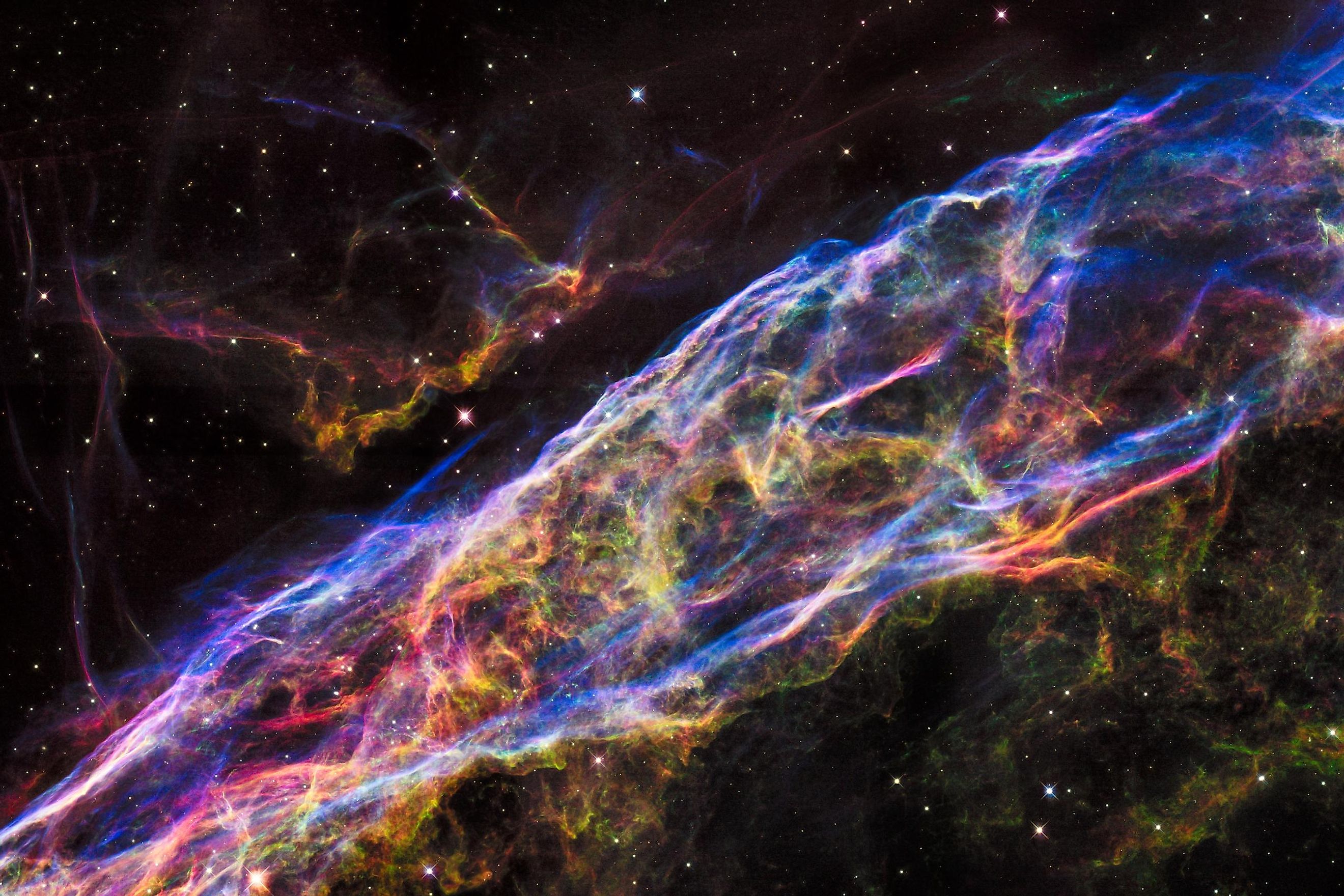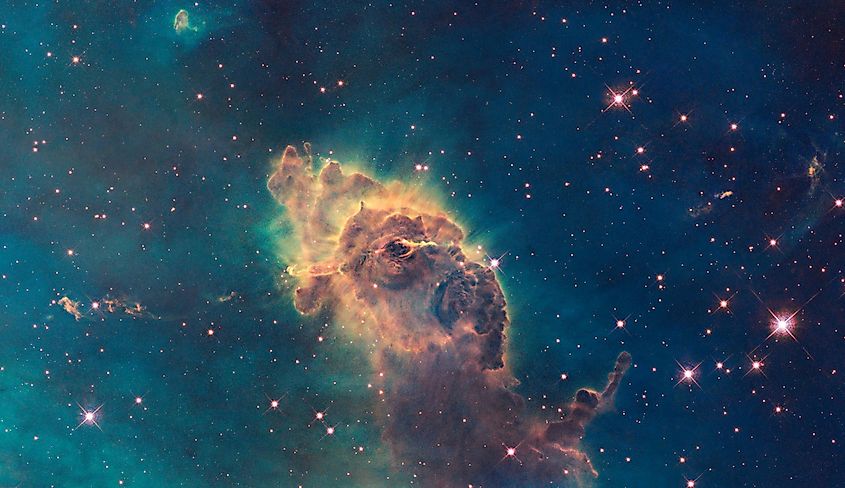
What Is Antimatter?
Nearly everything we can see in the universe is composed of baryonic matter. Baryonic matter is simply just regular matter, such as protons, neutrons, electrons, quarks, etc. However, there is another form of matter that existed in the universe shortly after the Big Bang. Called antimatter, it can only be reproduced in laboratories today. What is antimatter and why doesn't it exist in nature anymore?
Opposite Charges
Antimatter is identical to regular matter in nearly every way, with the only difference being electric charge. For example, an anti-proton has a negative charge rather than a positive one. A positron is the anti-electron, having a positive charge rather than a negative one. In terms of how antimatter behaves, it appears to be identical to regular matter. If the universe had antimatter rather than regular matter, the universe would be indistinguishable from the one we currently live in. A universe made of antimatter would still form stars, galaxies, planets, and life. A universe made of antimatter would view our form of matter as being antimatter.
Why Is There No Antimatter In Nature?

Currently, there is no evidence of antimatter existing in the natural world. So far, antimatter has only been produced in laboratory experiments such as in particle accelerators. There is a fairly simple reason why this is the case. Since matter and antimatter have opposite charges, when they meet one another, the two charges cancel each other and they both cease to exist. For example, when a positron and electron approach one another, the equal yet opposite charges will cancel out, causing the two particles to explode and become energy. However, antimatter did once exist in the universe. Shortly after the Big Bang 13.8 billion years ago, antimatter and regular matter emerged in nearly equal amounts. The two forms of matter quickly began cancelling each other out, putting the future existence of matter at risk. For reasons that remain unknown, there was a slightly larger amount of regular matter compared to antimatter, and so eventually, every form of antimatter ceased to exist. The discrepancy between matter and antimatter is one of the biggest mysteries of our universe. As of yet, there is no known reason why the two forms matter emerged in different amounts, and by all known laws of physics, they should have been made in equal amounts. Without this tiny discrepancy, the universe would have contained nothing but energy, and matter would have never emerged to eventually form stars and planets. As of yet, we do not know how the universe itself even exists.











